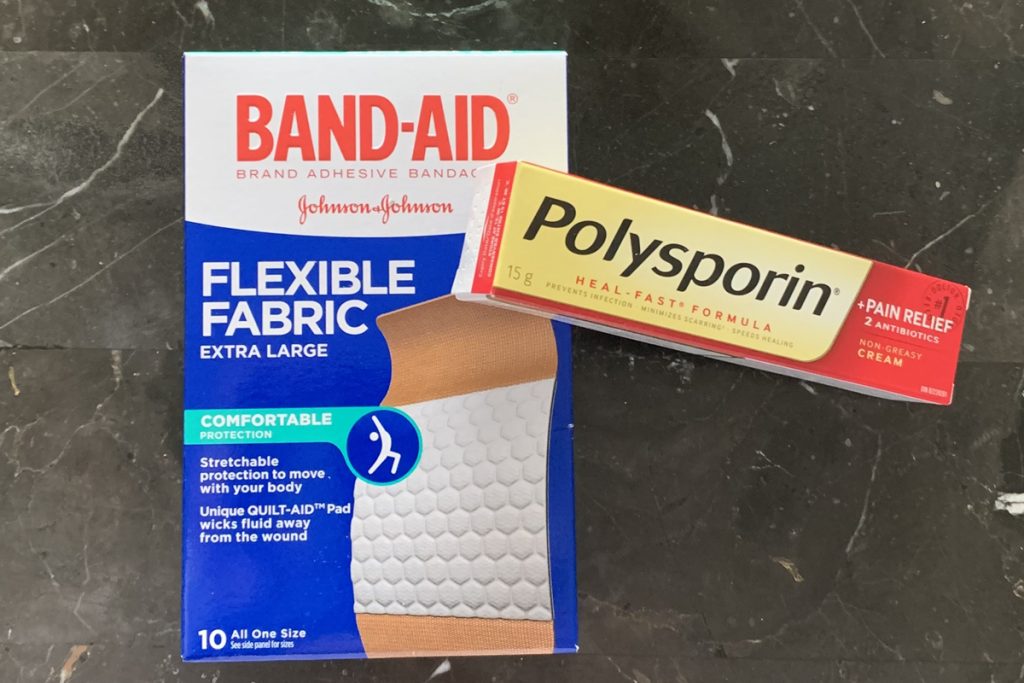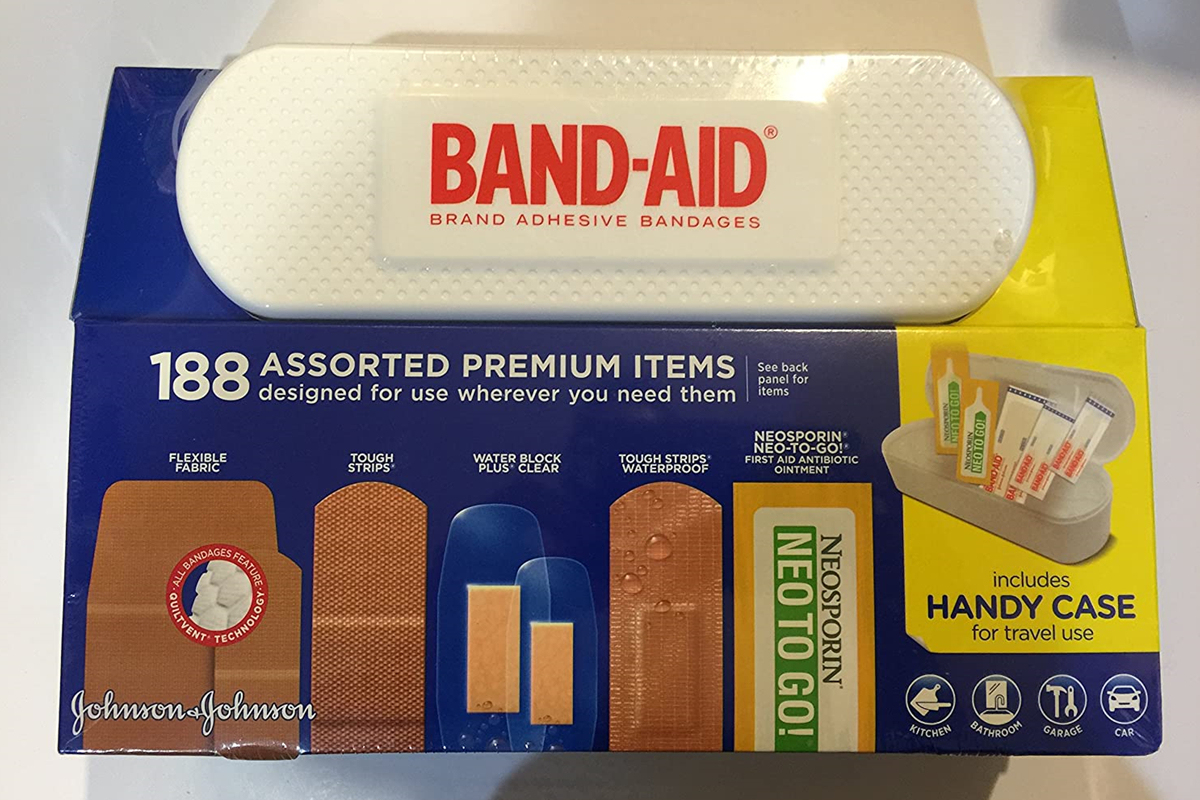We may earn money or products from the companies mentioned in this post.
You might reach for a band-aid when you’re on the go and need to cover a minor wound. But do you know what’s also in a band-aid? You might not think much of it, but band-aids are flexible fabric. The flexible fabric is one of the most common types of clothing globally. It is found in everything from T-shirts to sweaters. Flexible fabric can be used in a variety of ways. It can be used to make clothes that will stretch, like T-shirts and pants. It can also be used in bandages to make band-aids. You can even use flexible fabric to make pillowcases, shirts, and towels. In this article, you’ll learn what flexible fabric is and how it’s used in clothing, bandages, and pillows.
Pillows are a particular type of cloth in which the fibers are arranged to allow the pillow to be soft and firm. Pillows have large casings if you will. They have a small, closed area that is covered by case fibers around it, and then there is an open area surrounded by a softer material. Pillows are usually made from synthetic materials such as cotton, down feathers, or foam. Each material has its own set of good and bad qualities. Different materials will form different shapes and sizes when stacked one on top of each other. Some pillows can be stuffed with various amounts of padding, but most pillows are incapable of molding themselves to fit any specific shape you want them to have.
Band-Aids bandages may seem like an odd piece of clothing for the modern world, but band-aid is extremely useful in the medical field today. Bandages come in many different forms: gauze, tape, plaster wraps, and even dressings. Usually, bandages are used for repairing injuries or covering wounds on people’s bodies where other types of medical supplies like sutures aren’t allowed to enter because they might hurt more than treating the wound at hand. The bandage is composed of two layers: an outer layer or film layer containing the adhesive layer and an inner layer or absorbent layer that absorbs water produced by infection.

Hi~Living Deals from "Rainbow Shops"

